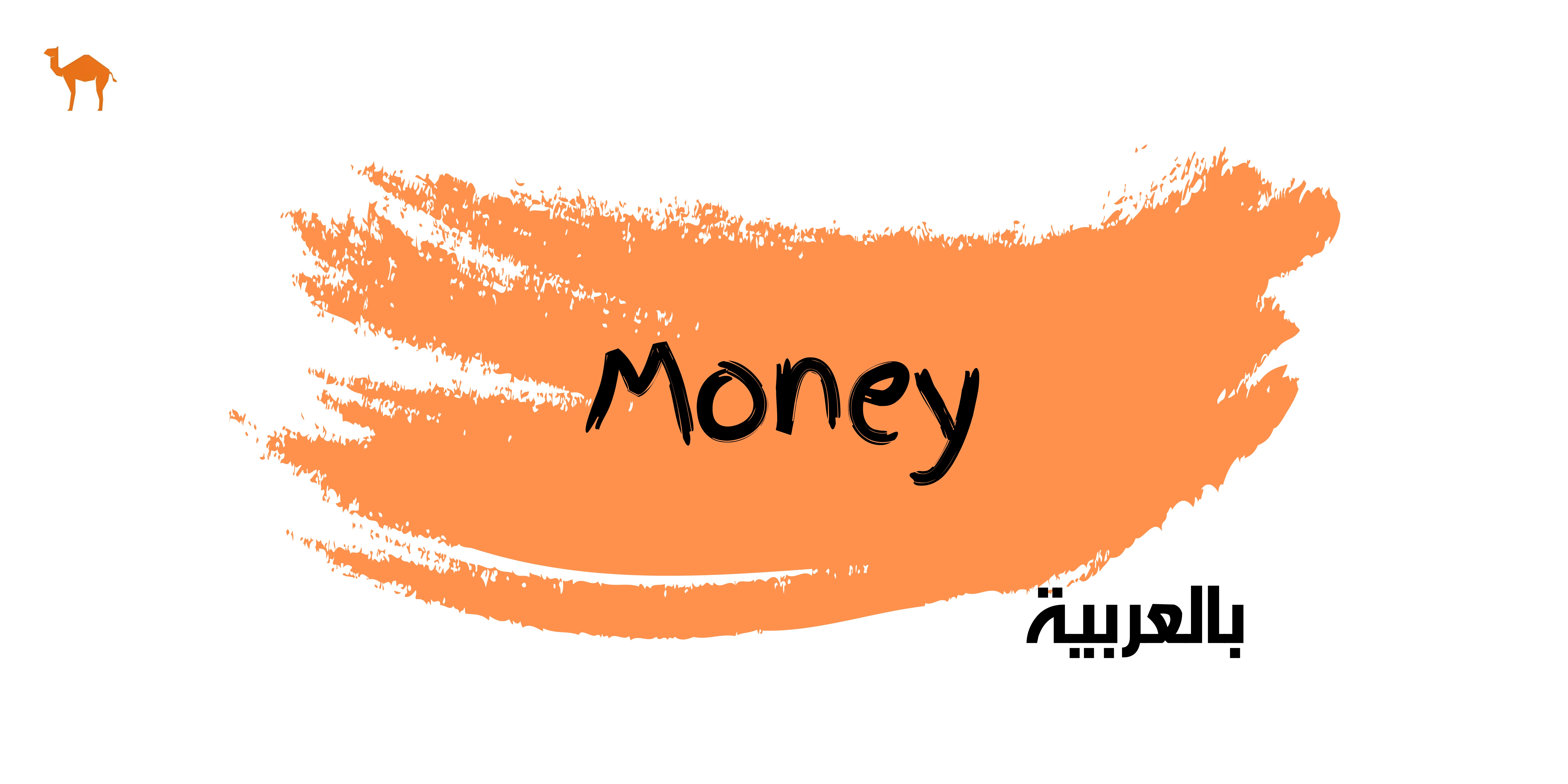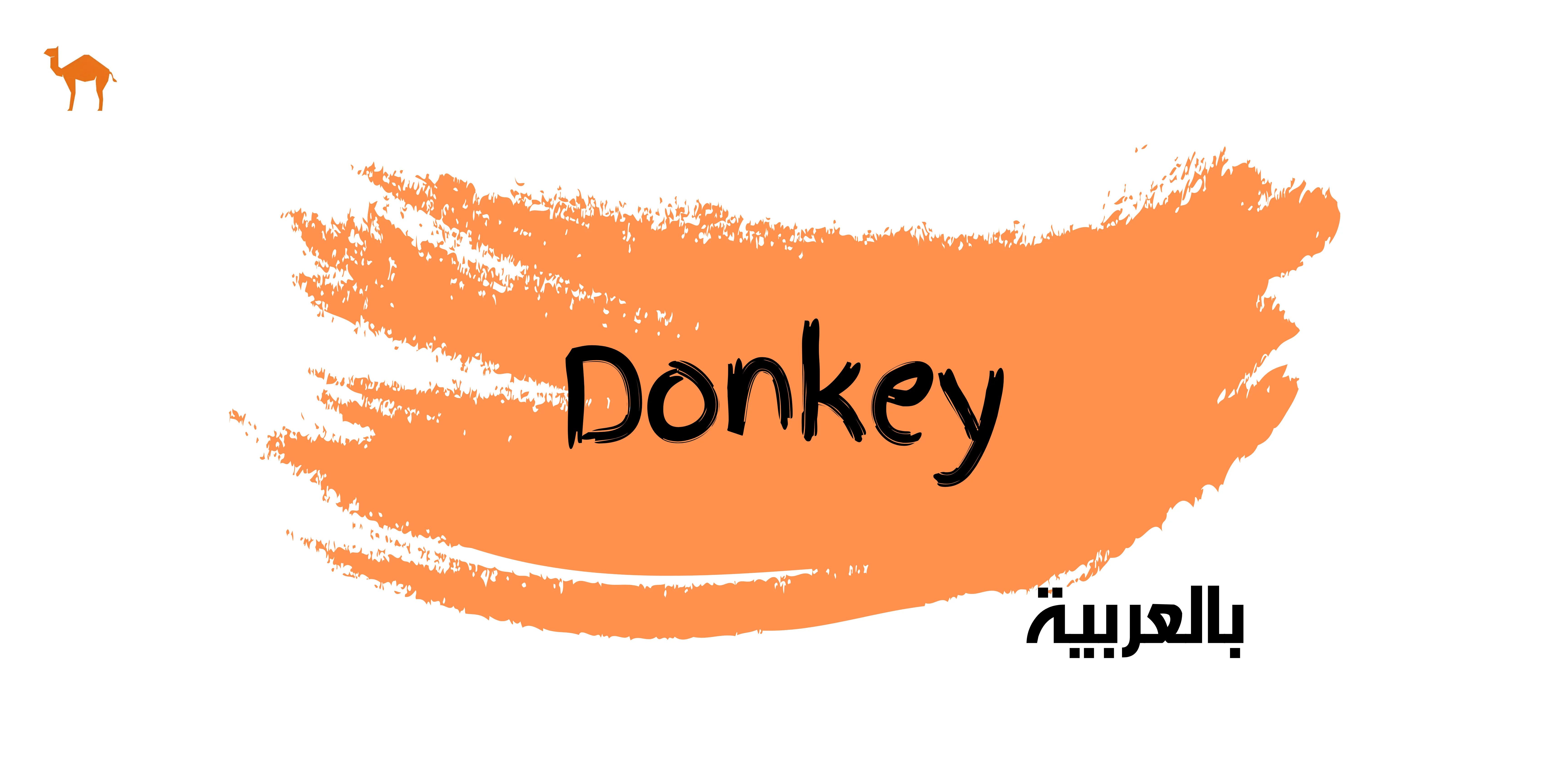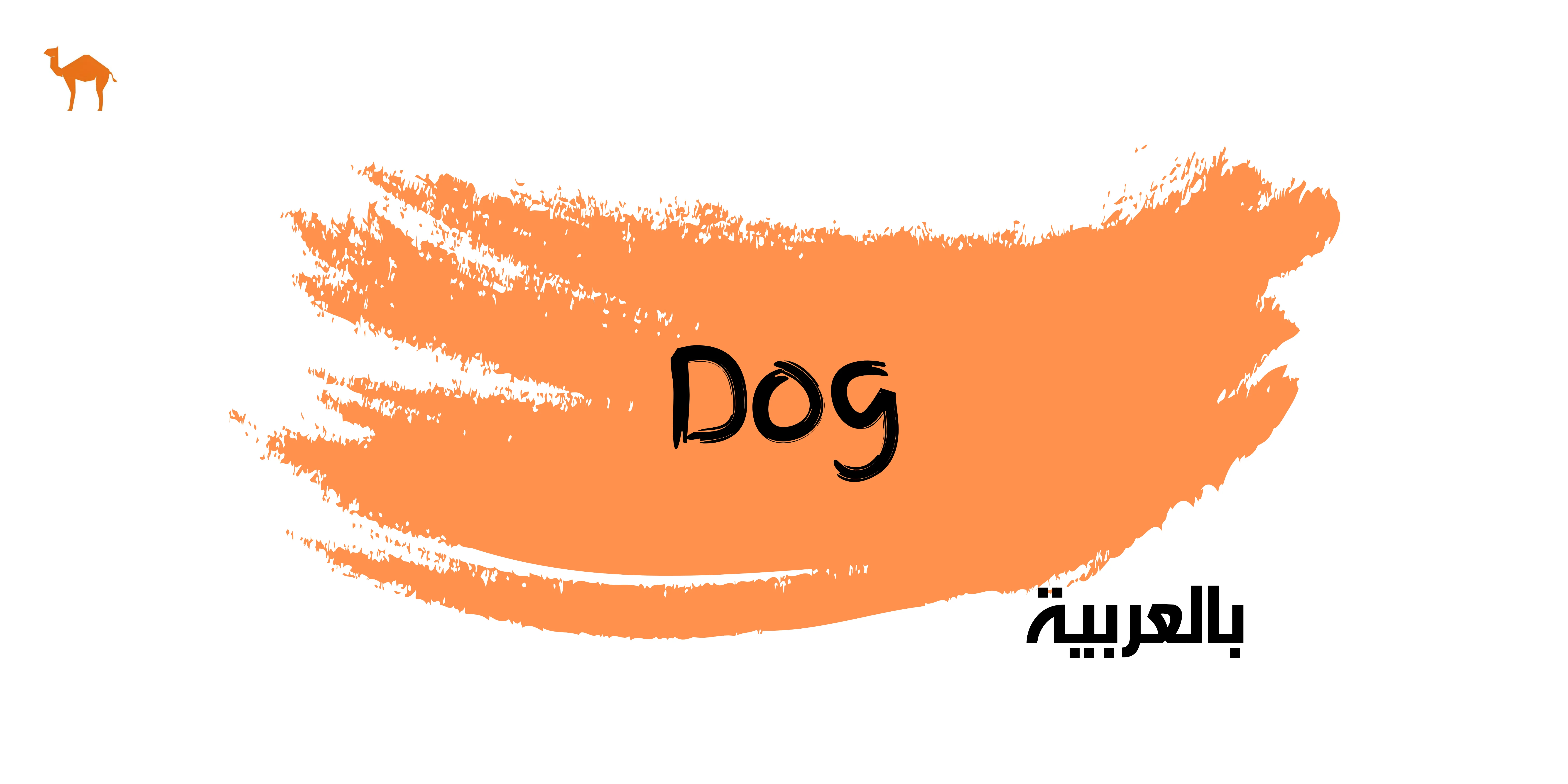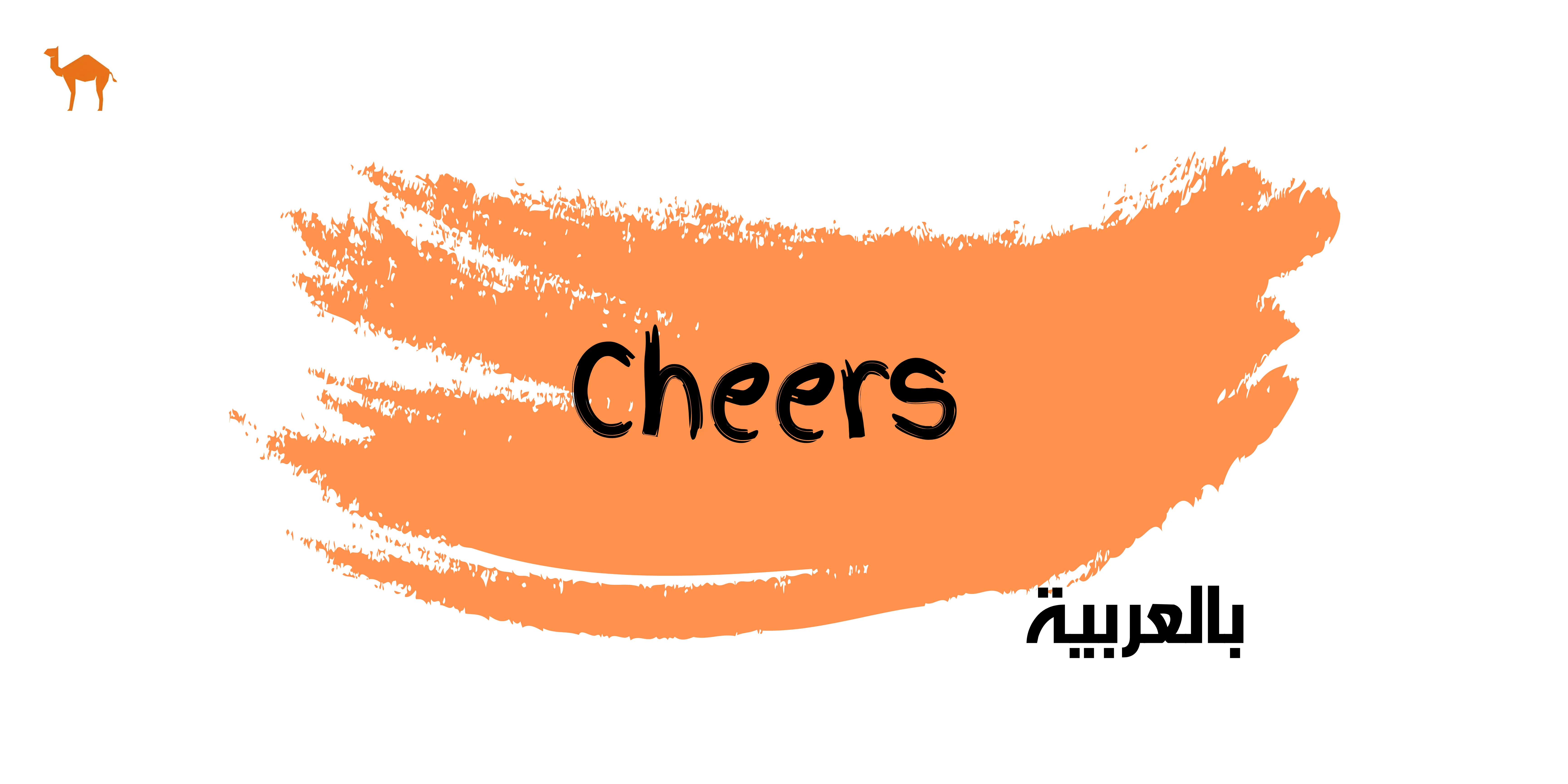How to Say 'Money' in Arabic

When exploring the rich and diverse Arabic language, one of the most interesting aspects is the variation in vocabulary across different regions. A prime example of this linguistic diversity is the word for "money." While Modern Standard Arabic provides a formal term, each dialect introduces its unique flavor to the word. Whether traveling through the bustling markets of Cairo, the vibrant souks of Marrakech, or the modern streets of Dubai, understanding these variations can enhance your communication and deepen your appreciation of the Arabic-speaking world. In this article, we will explore how to say money in Arabic.
How to Say Money in Arabic
Here, we explore how to say 'money' in Arabic, covering both Modern Standard Arabic and various dialects.
Modern Standard Arabic (MSA)
- مال (Maal)
This is the formal term for "money" in Modern Standard Arabic. It is used in written texts, formal speeches, and news broadcasts.
Example: ".لقد ربحت الكثير من المال" (Laqad rabihtu al-katheer min al-maal.) - "I have earned a lot of money." - نقود (Nuqood)
Another formal term, "nuqood," is also used to refer to money. It appears frequently in literature, financial contexts, and formal communication.
Example: ".أحتاج إلى نقود" (Ahtaaj ila nuqood.) - "I need money."
Arabic Dialects
Egyptian
Egyptian Arabic, also known as 'Masri' or Egyptian colloquial Arabic, is a spoken dialect of the Arabic language primarily used in Egypt. It is distinct from Modern Standard Arabic (MSA), the formal written language used in literature, media, and official communication across the Arab world.
- فلوس (floos)
In Egypt, the term "floos" is commonly used to refer to money. It's widely understood and used in everyday conversations.
Example: "فلوس مين دي؟" (floos meen di?) - "Whose money is this?"
Gulf (Khaliji)
Gulf Arabic refers to the Arabic dialect spoken in Saudi Arabia, Kuwait, Bahrain, Qatar, the United Arab Emirates, Oman, and parts of Iraq and Iran. It's also known as Khaliji.
- فلوس (floos)
Similar to Egyptian Arabic, "floos" is also commonly used in Gulf countries. It's a versatile term that locals use in daily transactions.
Example: "كم فلوس تبغى؟" (kam floos tebghaa?) - "How much money do you want?"
Levantine
Levantine Arabic refers to the variety of Arabic dialects spoken in the Levant region, which includes countries such as Syria, Lebanon, Jordan, Palestine, and parts of Iraq. It's one of the major branches of Arabic dialects.
- مصاري (masari)
In the Levantine dialect, "masari" is the prevalent term for money. This term is deeply ingrained in the local vernacular and is used across various contexts.
Example: "قديش معك مصاري؟" (Qaddeesh ma'ak masari?) - "How much money do you have?"
Darija (Maghrebi)
"Darija" refers to the Arabic dialects spoken in the Maghreb region of North Africa, including Morocco, Algeria, Tunisia, Libya, and Mauritania.
- فلوس (floos) or دراهم (drahem)
In the Maghreb region, "floos" is still widely used, but "drahem" is also a common term, especially in Morocco. "Drahem" is derived from the word "dirham," the currency used in Morocco and other places historically.
Example: ".هاد الشي كلفني بزاف دراهم" (Had shi kalafni bzaaf drahem.) - "This costs me a lot of money."
Explore the richness of the Arabic language and culture with eArabic.io's online courses tailored for learners worldwide, whether you're a beginner or an advanced student, our comprehensive curriculum and expert instruction provide an immersive learning experience accessible from anywhere. Dive into the program in Arabic, designed to deepen your understanding and proficiency in this vital language. Book a free Arabic lesson!


